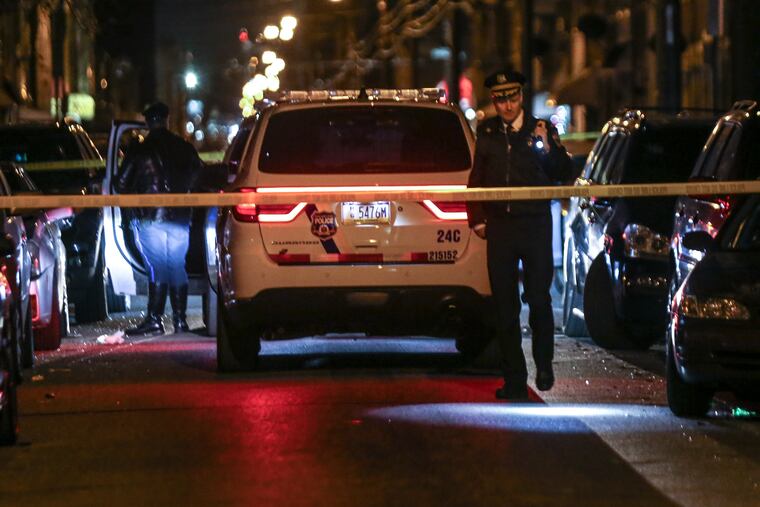Mayor Kenney should create a cabinet of experts to stem gun violence | Opinion
Solving gun violence in Philadelphia means focusing on wellbeing, including investing in neighborhoods, fixing school infrastructure, and training lifeguards.

Solving gun violence in Philadelphia means focusing on wellbeing, including investing in neighborhoods, fixing school infrastructure, and training lifeguards.
